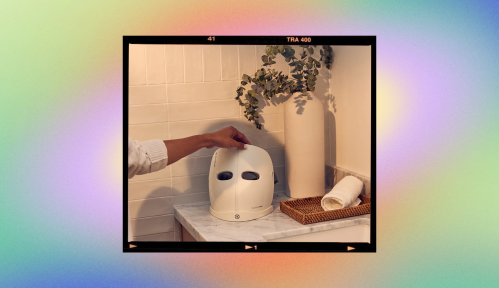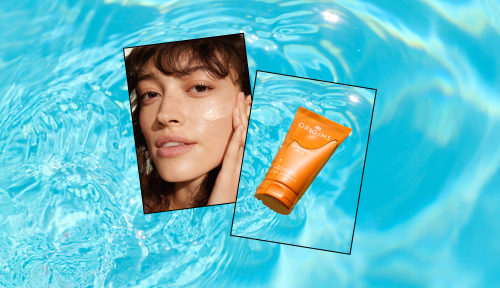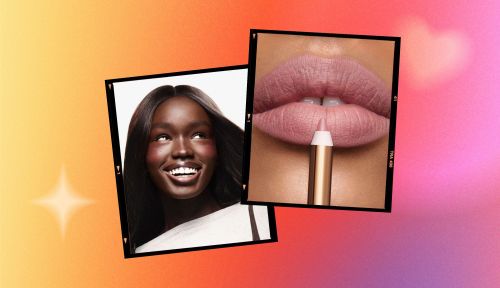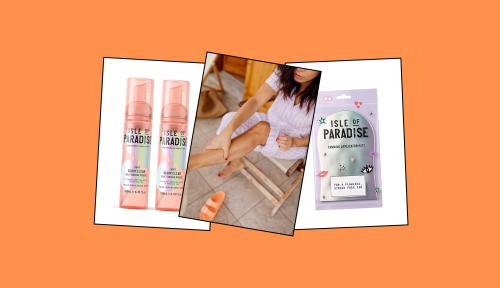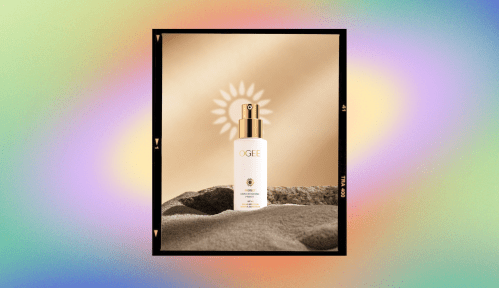Our editors independently select these products. Making a purchase through our links may earn Well+Good a commission
6 Winter Acne Treatments Derms Promise Will Squelch Breakouts Without Making Your Skin Even Drier
There are a few ingredients and treatments you should consider for winter acne treatment. Learn all about them from a dermatologist.

There’s something about acne in the winter that feels especially annoying. When your skin is already dry, it can be tough to find treatments that won’t make things even drier (as most acne-fighting ingredients tend to do), which is why you may need to switch up your pimple-quashing approach until the weather gets warmer.
Experts in This Article
board-certified dermatologist and founder of Maei MD
“People do tend to have drier, more sensitive skin in the winter in general, so we have to be a little more careful,” says Rebecca Marcus, MD, board-certified dermatologist in Dallas. “The same acne medications that are used year-round should be used in winter as well. However, you’ll need to add extra ingredients to reinforce the skin barrier and cut back on irritation.
While you likely won’t need to switch up your routine too drastically, there are a few ingredients and treatments you should consider for winter acne treatment.
4 best ingredients for winter acne treatment
1. AHA/BHA cleansers
Dr. Marcus generally doesn’t love benzoyl peroxide cleansers (which are often recommended for treating acne), but especially not in the winter. “They tend to cause redness and flaky skin,” she says. Instead, opt for cleansers that blend alpha-hydroxy acids (AHAs) with beta-hydroxy acids (BHAs), like glycolic acid (an AHA) and salicylic acid (a BHA) in a cleanser. “Salicylic acid really breaks up sebum in the pores. And then glycolic acid actually helps to slip off the top layer of skin, and they’re pretty well-tolerated.”
If you’re also using a retinoid (more on that in a bit), it’s best to use your acid cleanser in the morning and your retinoid at night. That way, your skin isn’t dealing with too much at a time.
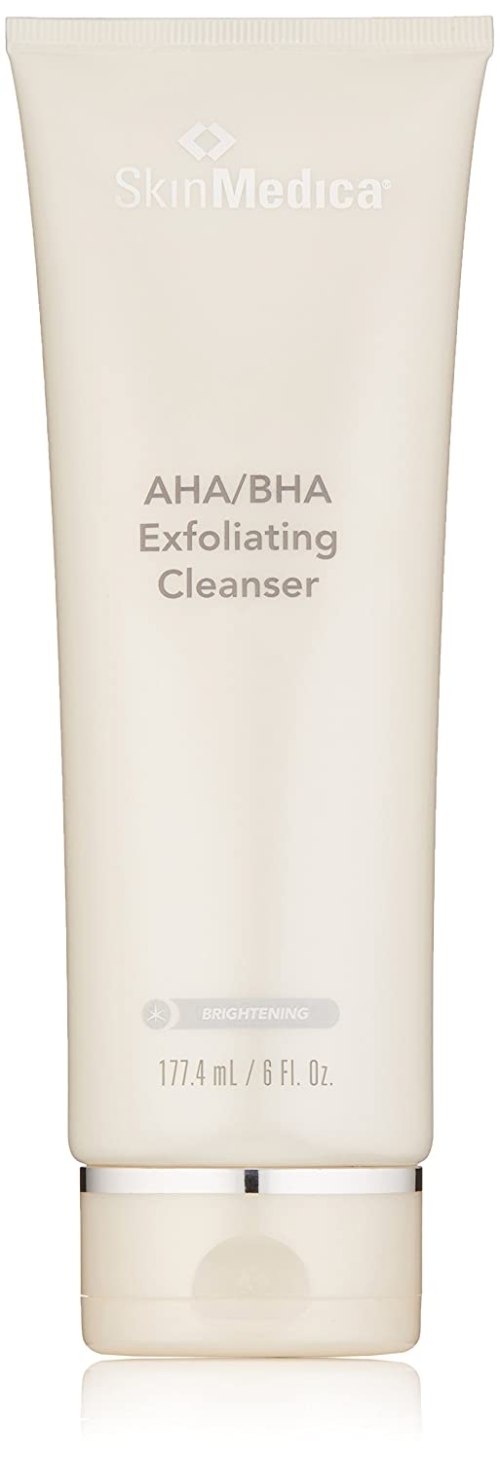
SkinMedica AHA/BHA Exfoliating Cleanser — $47.00
Dr. Marcus loves this cleanser from SkinMedica. It’s made with salycilic acid plus malic acid, an AHA, to gently exfoliate the skin. The formula also includes bilberry and licorice extracts to help diminish dark spots and discoloration, ultra-fine jojoba beads to provide gentle physical exfoliation, and citrus oils that act as a mild astringent to minimize the appearance of large pores.

CeraVe Renewing SA Cleanser — $15.00 to $18.00
This cleanser from CeraVe combines salicylic acid with glycolic acid to exfoliate your skin. It also includes calming niacinamide, hydrating hyaluronic acid, and strengthening ceramides to keep the formula from drying out your skin.
2. Retinoids
Retinoids are vitamin-A derivatives that help treat acne by increasing cell turnover, which helps prevent clogged pores. They’re great for fighting acne all year, but if you’re noticing irritation when you use them during the winter months, there are ways to adjust your routine. “Sometimes we’ll need to cut back or use a lower strength [retinoid],” says Dr. Marcus. “Or sometimes, use them less frequently in the winter, maybe every other night instead of every night.”
You’ll also want to make sure your skin is completely dry before applying retinol. “Wait a few minutes after getting out of the shower, because if you apply it to even slightly wet skin, it’s going be pulled more deeply into the skin, and therefore it can be more irritating,” says Dr. Marcus.
If you use a prescription retinoid, Dr. Marcus says to chat with your doctor about switching to a lower-strength formula. If you use over-the-counter retinoids, she says there are a few great gentle options on the market.
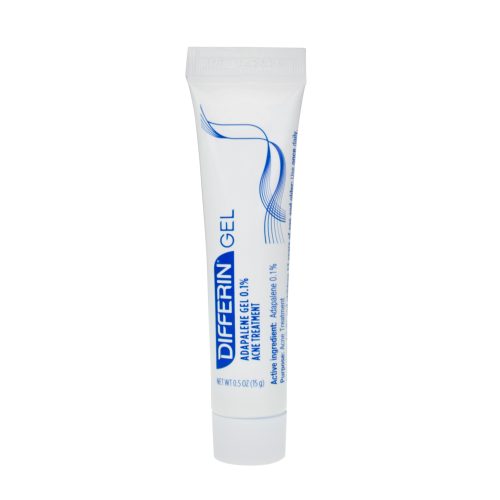
Differin Gel — $18.00 to $36.00
Dr. Marcus says this is a really great over-the-counter retinoid option. “It used to be only available by prescription, and it’s nice to have that over-the-counter option for people who can’t get to the dermatologist.”
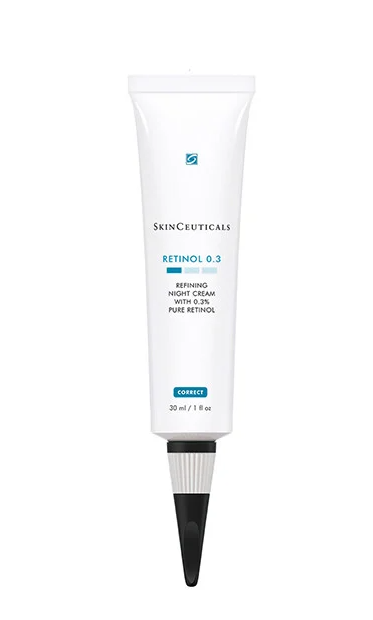
SkinCeuticals Retinol 0.3
SkinCeuticals offers three different strengths of retinol, with this formulation of 0.3 percent retinol serving as its most gentle option. It’s made with a soothing and comforting blend of bisabolol, which is derived from the chamomile plant, and boswellia serrata extract, which is derived from frankincense.
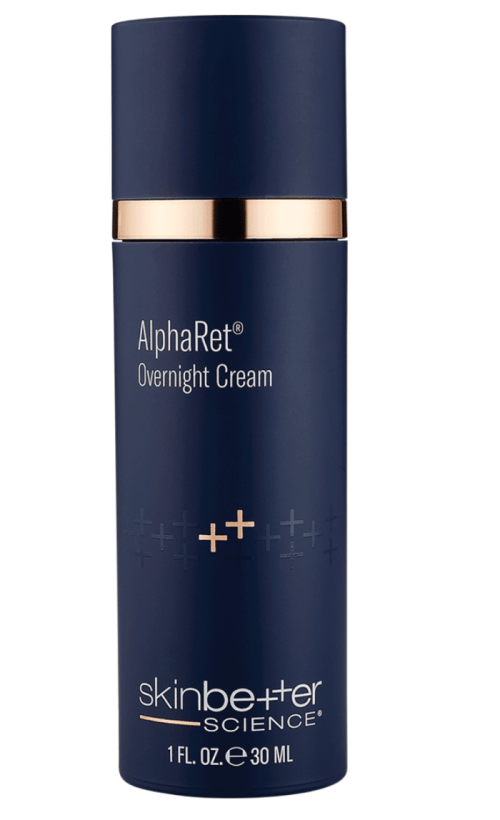
Skinbetter AlphaRet Overnight Cream — $130.00
This is a retinoid that Dr. Marcus says is generally well-tolerated. It combines retinoid with lactic acid, a gentle alpha hydroxy acid to keep skin looking its best. It also includes glycolic acid to help retexturizes skin and a blend of peptides to help smooth the appearance of wrinkles, while improving skin firmness and resiliency. To round things out, it’s got a hydrating blend of ceramides, squalane, niacinamide, and hyaluronic acid.
3. Niacinamide
Inflammation plays a huge role in acne, so you’ll want to up the ante on anti-inflammatory ingredients, like niacinamide.
“People who have very sensitive skin can usually tolerate niacinamide in the right concentration,” says Dr. Marcus. “It’s important to pay attention and make sure it’s between 3 and 5 percent so that it works, but it’s not irritating. And niacinamide is helpful in controlling inflammation and normalizing the sebaceous gland,” thus decreasing oil production. Plus, niacinamide is super soothing and can help your skin better tolerate retinoids.

Maei MD Serum 6 — $140.00
New from Dr. Marcus’s own skin-care line, Maei MD, is this serum. It includes not only soothing niacinamide, but also protective antioxidants, restorative peptides, hydrating hyaluronic acid, revitalizing plant-derived skin cells, and balancing probiotics.

Allies of Skin Prebiotics & Niacinamide Pore Refining Booster — $68.00
This serum blends niacinamide, prebiotics, and probiotics to soothe and balance your skin. Plus, it refines the appearance of pores and improves dullness.
4. Ceramides
Because the skin tends to be dryer and more sensitive in the winter, you want to use emollients like ceramides to keep your skin strong and moisturized. That way, you’re better able to tolerate acne treatments. Though it may seem counterintuitive, moisturizer is a critical part of an acne-fighting routine (if your skin isn’t getting enough hydration, it starts to overproduce oils of its own, which leads to breakouts), so Dr. Marcus recommends using a ceramide-packed lotion to finish off your routine.

La Roche-Posay Toleriane Double Repair Face Moisturizer with Niacinamide — $20.00
Dr. Marcus is a huge fan of this moisturizer from La Roche-Posay. It features the brand’s signature mineral-rich thermal spring water that helps to rebalance the skin microbiome. It includes strengthening ceramide-3, soothing niacinamide, and moisturizing glycerin.

Olivarrier Comfort Barrier Cream — $24.00
This deeply moisturizing cream works to repair and strengthen the skin barrier over time. It’s made with moisturizing and hydrating ingredients like organic glycerin, ceramides, and micro hyaluronic acid. Squalane and fatty acids also help to repair environmental damage.
2 best treatments for winter acne
1. LED light
LED light treatment can be super helpful for reducing inflammation without irritating your skin.
“You shouldn’t have any irritation from a light treatment,” says Dr. Marcus. “It’s not like a laser, where you would expect to peel afterward. It’s just an anti-inflammatory adjunct therapy.”
While you can get LED-light therapy at a derm’s office, you can also do it at home.
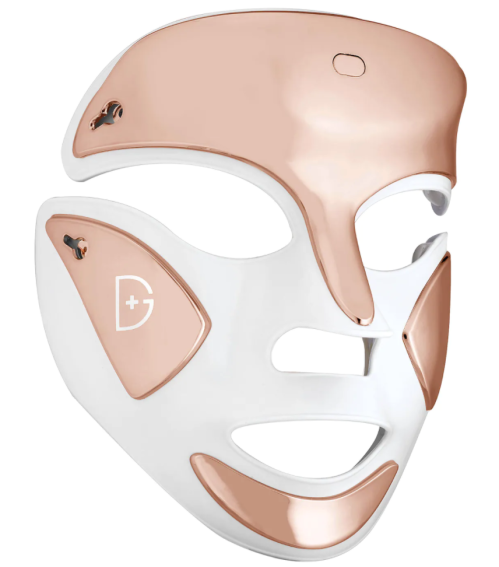
Dr. Dennis Gross Skincare DRx SpectraLite FaceWare Pro — $435.00
This mask from Dr. Dennis Gross Skincare emits both red light, which supports natural collagen production, and blue light, which addresses P. acnes (the bacteria that causes acne) to reduce redness, calm, and guard against future breakouts.
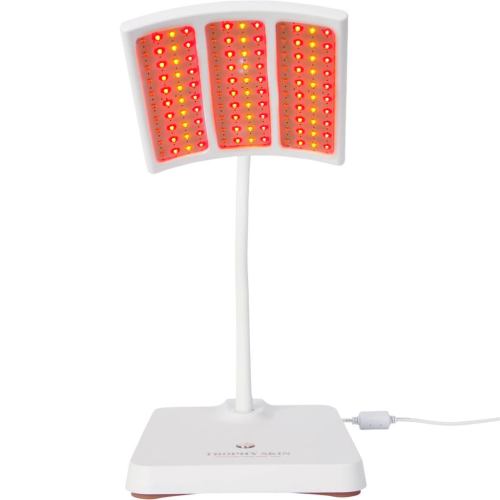
Trophy Skin RejuvaliteMD — $199.00
This red-light device is also a great option. It stimulates the production of natural enzymes that increase collagen production, reduces inflammation, and improves skin tone and texture. Instead of wearing this tool, you lay down with your face underneath the panel for a 15 to 20-minute treatment.
2. Extractions
“If somebody has really dry skin and they’re just not tolerating anything, I’ll also have them come in for a facial because extractions are helpful,” she says. Just make sure you’re visiting a professional for extractions. Doing it yourself can lead to increased irritation, scarring, and more.
Get more acne-fighting tips:
Want to be the first to hear about the latest (and greatest) SHOP product drops, custom collections, discounts, and more? Sign up to have the intel delivered straight to your inbox.

